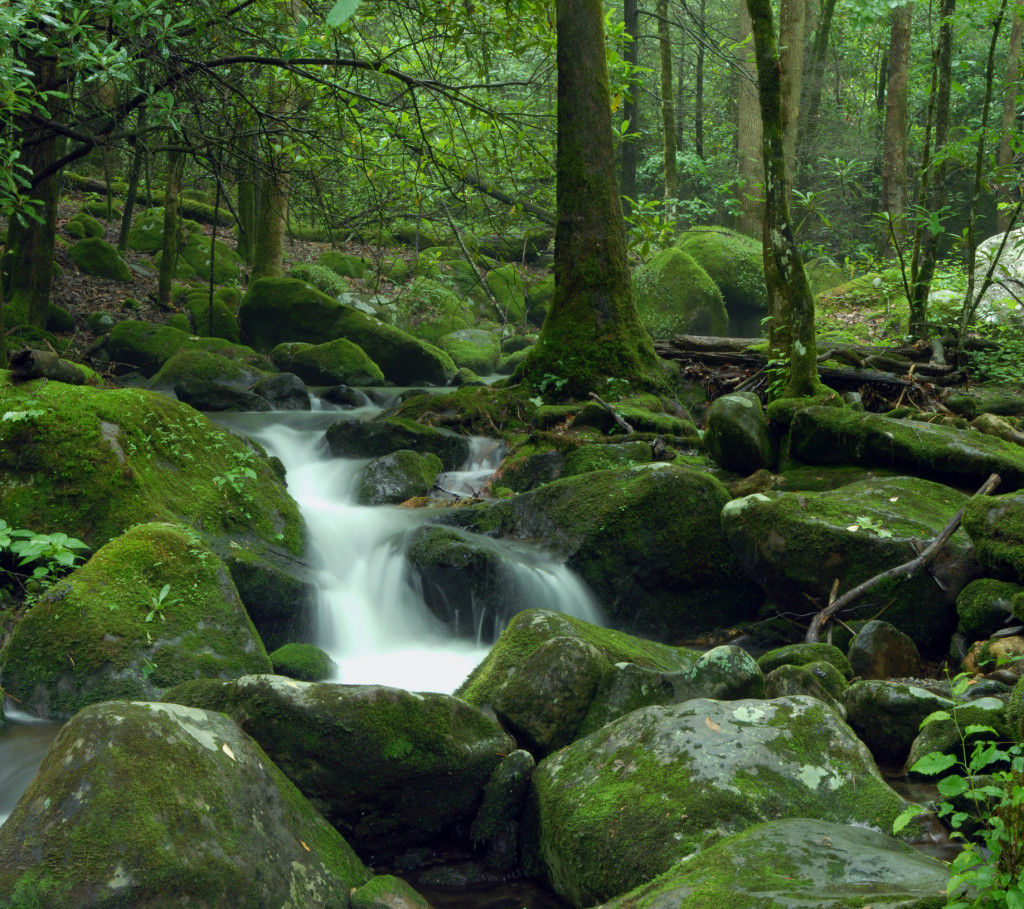Linking to a new report by The Nature Conservancy that reinforces the economic, environmental, and community benefits of source water protection, Beyond the Source.
According to TNC
This report was developed in partnership with the Natural Capital Project, Forest Trends, the Inter-American Development Bank and the Latin American Water Funds Partnership, and wouldn’t have been possible without contributions from dozens of internal and external experts.
The report analyzes the source watersheds of more than 4,000 large cities around the world. It illustrates how nature-based solutions such as reforestation, forest protection, and improved agriculture practices can be implemented at a scale to make a difference in mitigating and adapting to climate change, conserving biodiversity, and contributing to the health and well-being of billions of people.
The analyses find, for instance, that source water protection activities could reduce the risk of regional extinctions; contribute 16% of the climate change mitigation needed in the year 2050 to keep temperature increases under 2 degrees Celsius; and protect 5% of the economic value of global agricultural production by safeguarding pollinator habitat.
Water funds are specifically explored as a successful mechanism for downstream water users to fund upstream land conservation and restoration. The report finds that one in six large cities around the world could pay for source water protection through water treatment savings, and that the stacking of other co-benefits could make source water protection affordable for additional cities.
For an overview of the project, please visit today’s Cool Green Science blog post.
To learn about key findings, download the report, and access video and infographics, including multiple language versions of the executive summary, please visit www.nature.org/beyondthesource
To explore the data and analyses behind the report via the new Protecting Water Atlas, please visit www.maps.protectingwater.org




